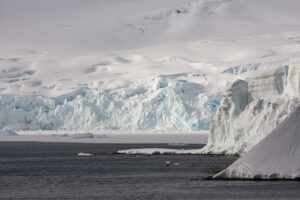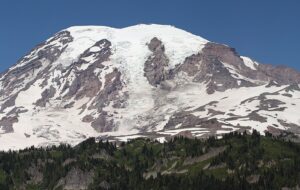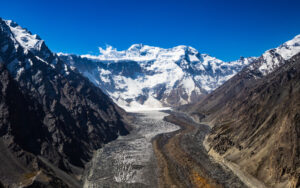Until now, no one was sure why the Earth slipped into an extreme ice-age 717 million years ago and stayed that way for 56 million years.
Now researchers in Australia may have solved the mystery.
Using computer modeling, they analyzed how the continents moved over time. They believe that the sudden drop in temperature was due to a decrease in carbon dioxide emissions. Carbon dioxide traps the sun’s heat. If the carbon dioxide in our atmosphere plummeted, it could cause the “Snowball Earth” of 700 million years ago.
But what caused carbon dioxide levels to dive so dramatically? And why did it last for 56 million years? Says Lead researcher Adriana Dutkiewicz, “These days, humans are having a large impact on CO2 in the atmosphere. But back in time, there were no humans, and so everything was basically modulated by geological processes.”
They suspected that the changing carbon dioxide levels might be from volcanic activity. Or rather, a lack of it.
The team looked at the movement of the tectonic plates after the breakup of Ronda, the ancient super-continent. The model showed that as the smaller continents shifted away from each other, the length of the mid-ocean ridge changed in length. A second computer model then analyzed the amount of carbon dioxide emitted from the underwater volcanoes along the mid-ocean ridge.
The modeling showed that an all-time low of volcanic carbon dioxide emissions coincided perfectly with the start of this so-called Sturtian ice age. The amount of atmospheric carbon dioxide was approximately half of what it is today. For the next 56 million years, the carbon dioxide remained relatively low.
Said co-author Dietmar Müller, “We think the Sturtian ice age kicked in due to a double whammy: a plate tectonic reorganization [minimized] volcanic degassing, while simultaneously a continental volcanic province in Canada started…consuming atmospheric carbon dioxide.”
Though the models seem to explain that mysteriously long ice age, it is hard to prove. No one knows what the ancient seafloor looked like. “One thing about geology, there are no definite answers,” says Dutkiewicz. “But…we can suggest that this was a very likely process.”






